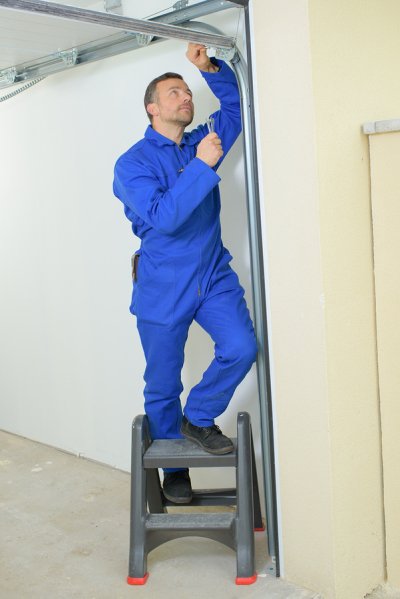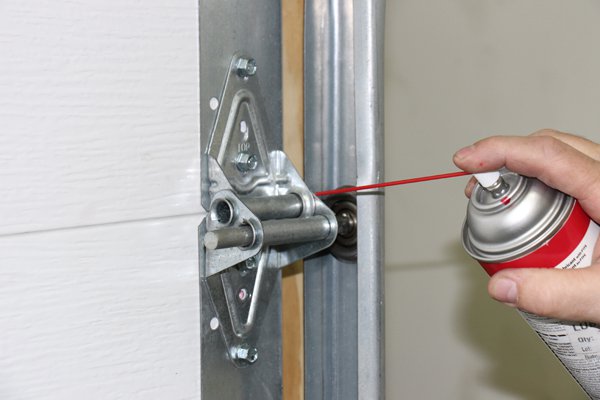Garage Door Inspection
Let’s face it - the garage door is not a thing we really think about unless we absolutely have to. Garage doors go unacknowledged and underappreciated when they are working properly. It is when they are not working that we suddenly realize “Oh wow, the garage door needs to be taken care of!” It does not have to be this way. With a little pre-emptive action, we can avoid major garage door annoyance and repair costs if we nip smaller problems in the bud before they grow.
If you want to prevent major garage door repair, set aside some time to check out the state of your garage door and its opener. It only has to be done once a year. June is Garage Door Safety Month, so you can choose June 1st as the day to perform a garage door checkup. That should be easy to remember and plan for.
Below is a simple inspection checklist to make this easy.
Photo Eye Sensors
Make sure the sensors are properly installed and functioning correctly. What this entails is making sure they are at the right height and are secured to the wall. When testing the function, block one of the sensors with an object and then try to close the garage door with the motor. If this photo eye assembly is functioning the right way, it will stop the garage door before it touches the object you set in place. If it actually comes down on the object, you know you need to fix the photo eye sensors!
Balance
Now let’s test the balance of the garage door and the spring. Place the garage door opener into manual so you can move the door up and down by hand. It should do this smoothly. Next, move the garage door halfway and stop it. The garage door should stay where you stop it. If it does not, something needs adjusting!
The spring or springs are a very serious and potentially dangerous part to work on. You either have a torsion or set of extension springs. They do the majority of making the garage door move or stay. Torsion springs are directly above the garage door and twist. Extension springs are above the tracks and stretch. Take a good look at your garage door springs. Are they rusty? Do they squeak? If so, lubricate them. If they are not tuned properly, you really should call a professional garage door repair technician.
Cables
Cables are important because they can act as a safety measure to keep extension springs from coming loose and hitting someone. Make sure they are not frayed.
Rollers
The rollers take a lot of abuse. Make sure they are not dented or chipped. If they are, they will make movement worse and eventually they will break.
Sealing
Check the bottom rubber strip for wear and tear. This part keeps bugs out and prevents the bottom of the door from being dinged by the ground.
The weather seal on the edges also should be looked at, especially if you have experienced some extreme weather.
Your garage door is the heaviest moving object in your home. Treat it with the seriousness it deserves. Make sure you know the condition of your garage door’s parts and take action to resolve small problems before they become bigger ones!
Here are some garage door resources to help you with the various problems your own garage door may face:
https://doors.org/resources/garage-door-safety-month/garage-door-safety-month









